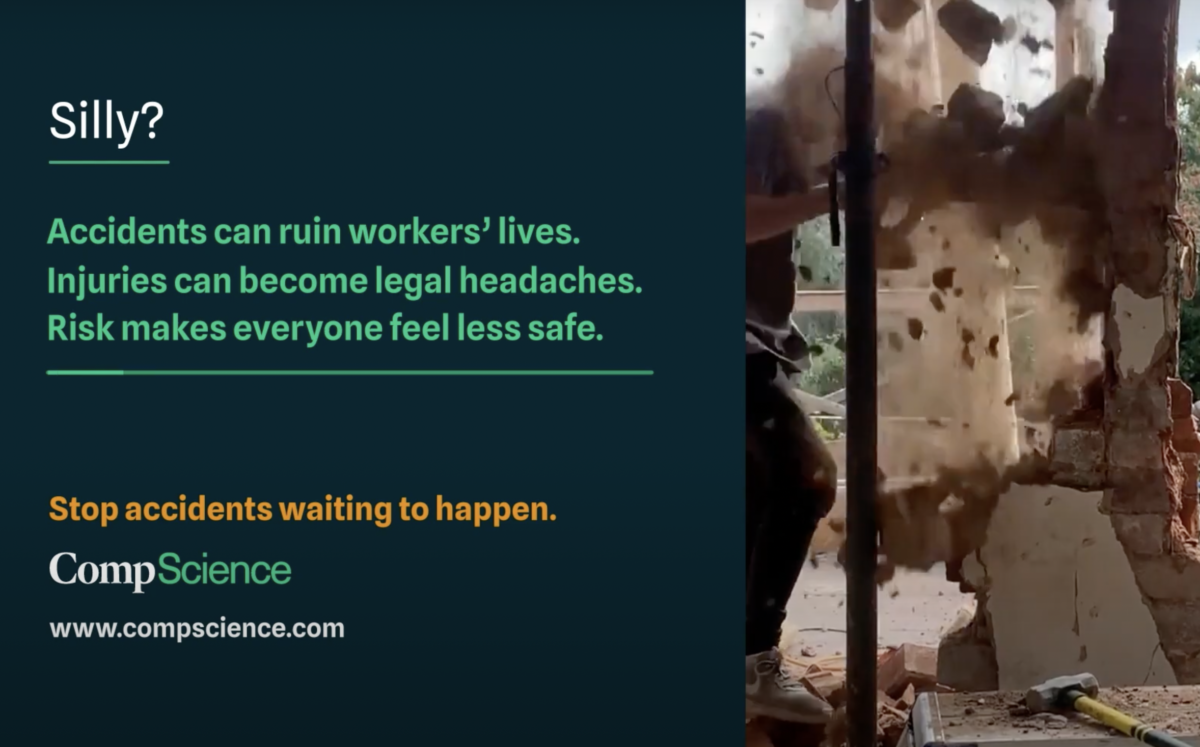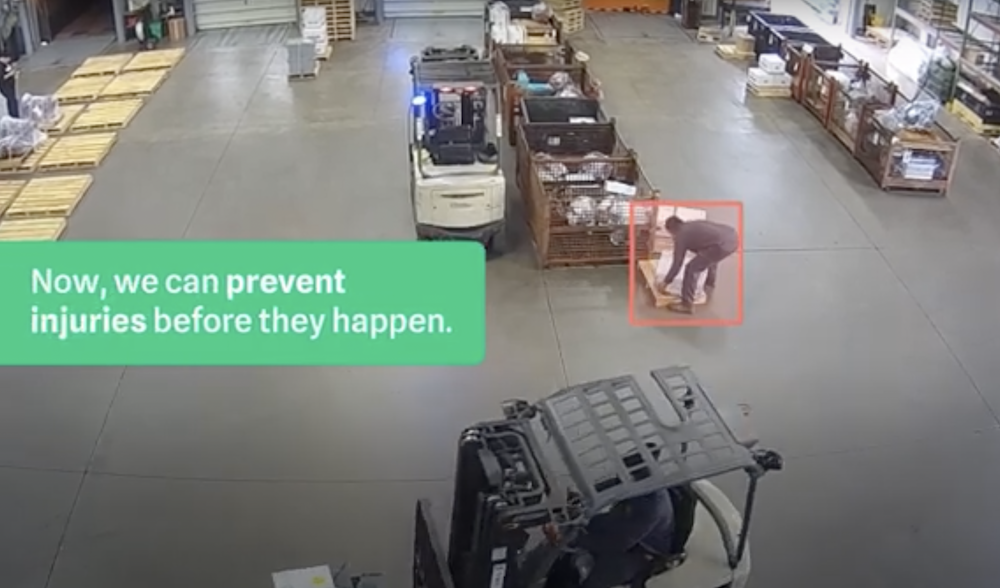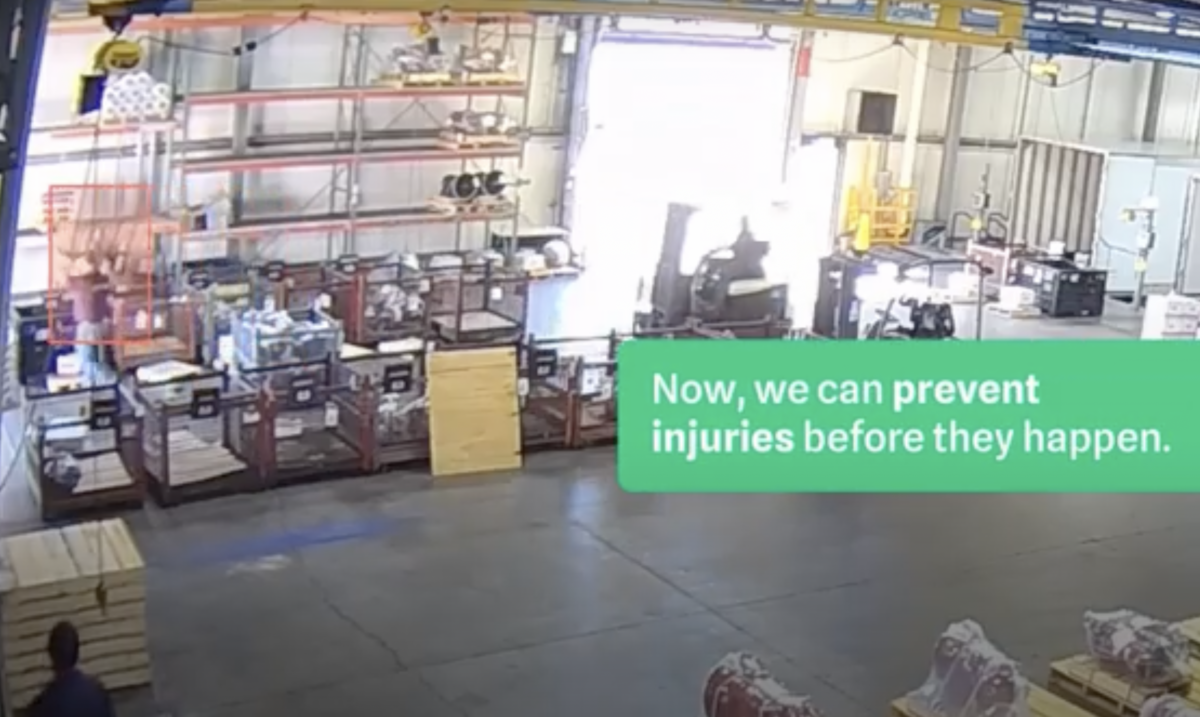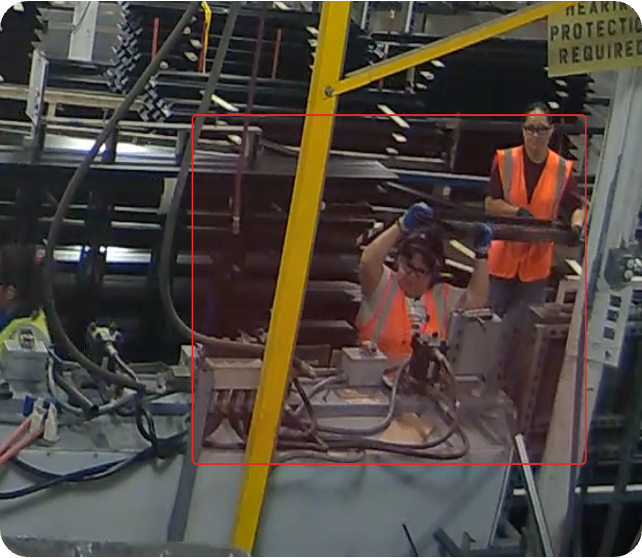Annoucement
Smart Business: Workplace Injury Prevention
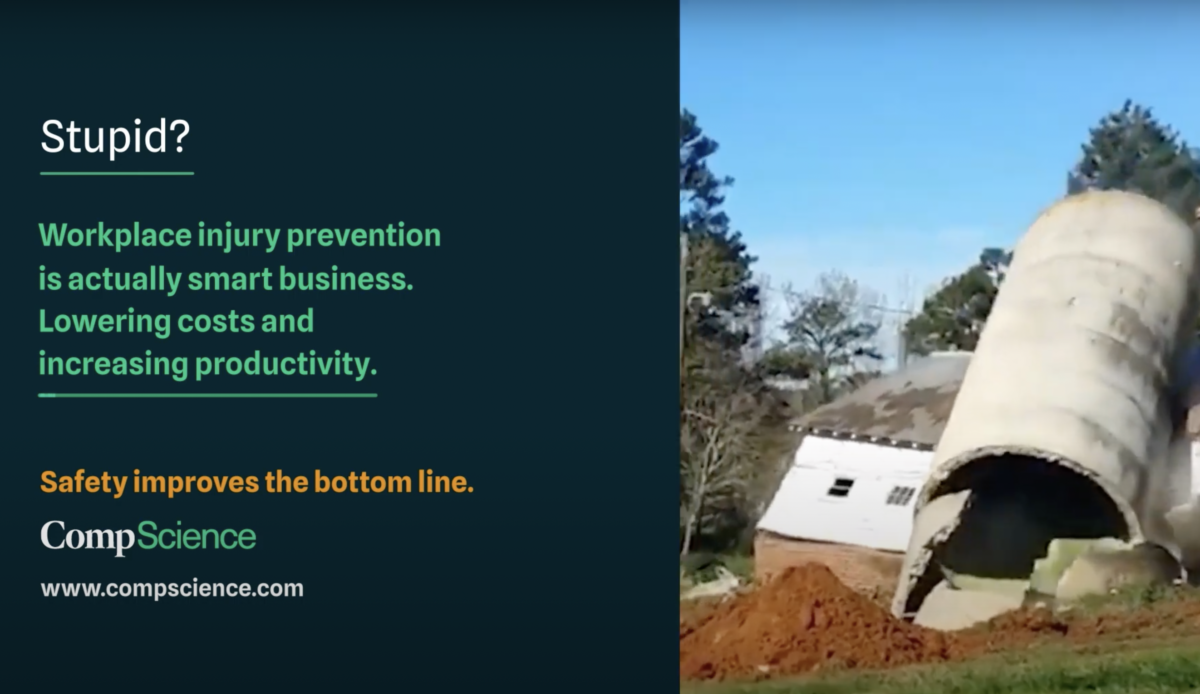
Contrary to popular belief, workplace injury prevention is not a “nice to have” idea. In fact, it is a smart and responsible business decision that can have a positive impact on a company’s bottom line. Here are just a few reasons why workplace injury prevention is actually smart business:
- Lowering costs: One of the most obvious benefits of preventing workplace injuries is the reduction of costs. Accidents can be expensive, both in terms of the direct costs of medical treatment and the indirect costs of lost time from work and decreased productivity. By proactively addressing safety risks, companies can reduce the likelihood of accidents occurring, which can lead to significant cost savings over time.
- Increasing productivity: In addition to lowering costs, preventing workplace injuries can also lead to increased productivity. When employees feel safe and secure at work, they are more likely to be engaged and productive. This can lead to increased efficiency and higher levels of output, which can have a positive impact on a company’s bottom line.
- Improving employee morale: A focus on workplace safety can also improve employee morale and satisfaction. When employees feel that their employer is taking steps to protect their health and well-being, they are more likely to be satisfied with their job and more likely to remain with the company long-term. This can result in lower turnover rates and reduced recruitment and training costs, which can further contribute to the financial success of the company.
- Compliance with regulations: In many industries, workplace safety is regulated by government agencies. By proactively addressing safety risks and preventing injuries, companies can avoid costly fines and penalties for non-compliance. They can also demonstrate their commitment to workplace safety, which can enhance their reputation and make them more attractive to potential customers and employees.
- Enhancing brand reputation: A commitment to workplace safety can also enhance a company’s brand reputation. By demonstrating that they are taking steps to protect their employees and promote a safe work environment, companies can improve their reputation with customers, employees, and the public. This can lead to increased brand loyalty and a more positive perception of the company, which can have a positive impact on their bottom line.
So, what can companies do to promote workplace injury prevention? Here are a few steps they can take:
- Conduct a workplace safety audit: The first step in preventing workplace injuries is to identify potential safety hazards. A workplace safety audit can help companies identify areas of risk and take steps to address those risks before accidents occur.
- Develop and implement safety policies and procedures: Companies should develop and implement policies and procedures to promote workplace safety. This may include providing training and resources for employees, implementing safety protocols for equipment and machinery, and regularly reviewing and updating policies and procedures to ensure they are up-to-date and effective.
- Encourage employee participation: Companies should also encourage employee participation in the workplace safety process. This may include providing opportunities for employees to provide feedback and suggestions for improving safety, involving employees in the development of safety policies and procedures, and recognizing and rewarding employees for their contributions to workplace safety.
- Partner with experts: Finally, companies can partner with experts in workplace safety to help them promote a safe work environment. This may include working with safety consultants, utilizing the services of occupational health and safety organizations, and partnering with insurance providers to provide workers’ compensation coverage for employees.
- Utilize technology like CompScience: Companies can also utilize technology to promote workplace safety. This may include using surveillance cameras to monitor the workplace, using sensors and other monitoring tools to detect potential safety hazards, and using data analytics to identify patterns and trends in workplace accidents.
In conclusion, workplace injury prevention is not only the right thing to do, but it is smart business.
Read more: How To Focus a CFO on Improving Workplace Safety.


